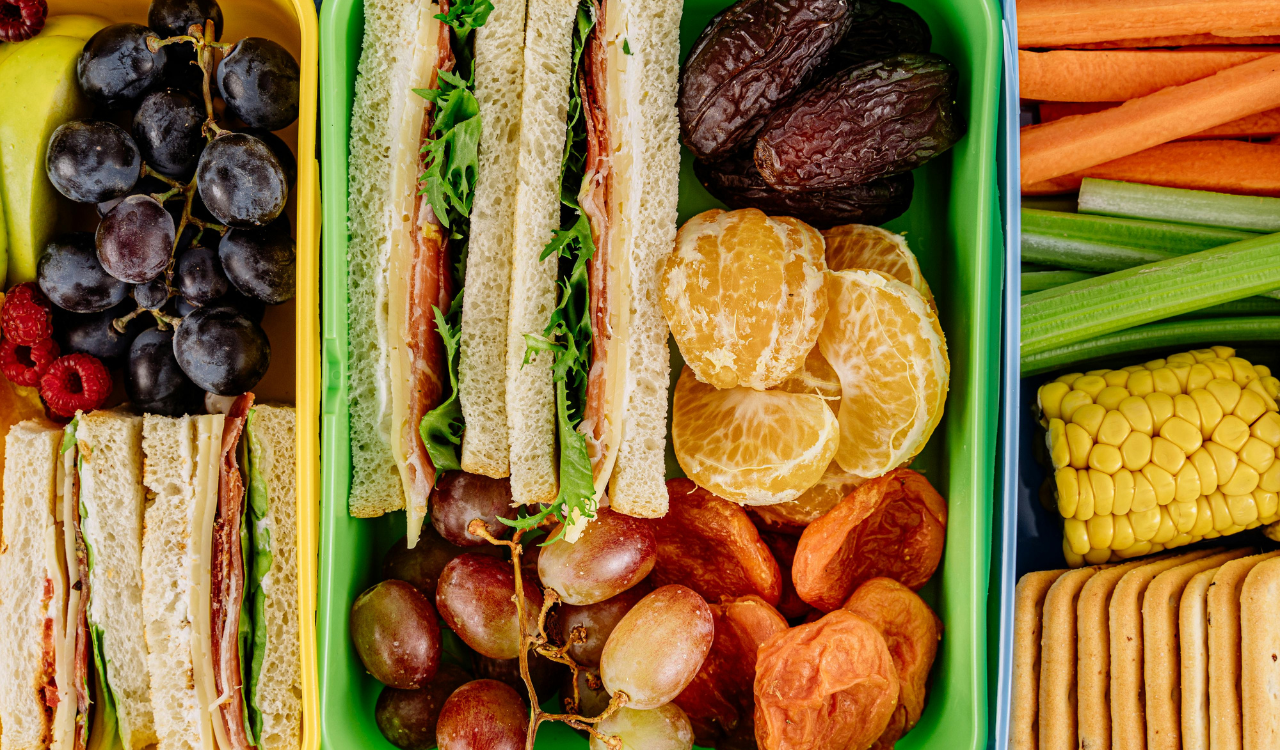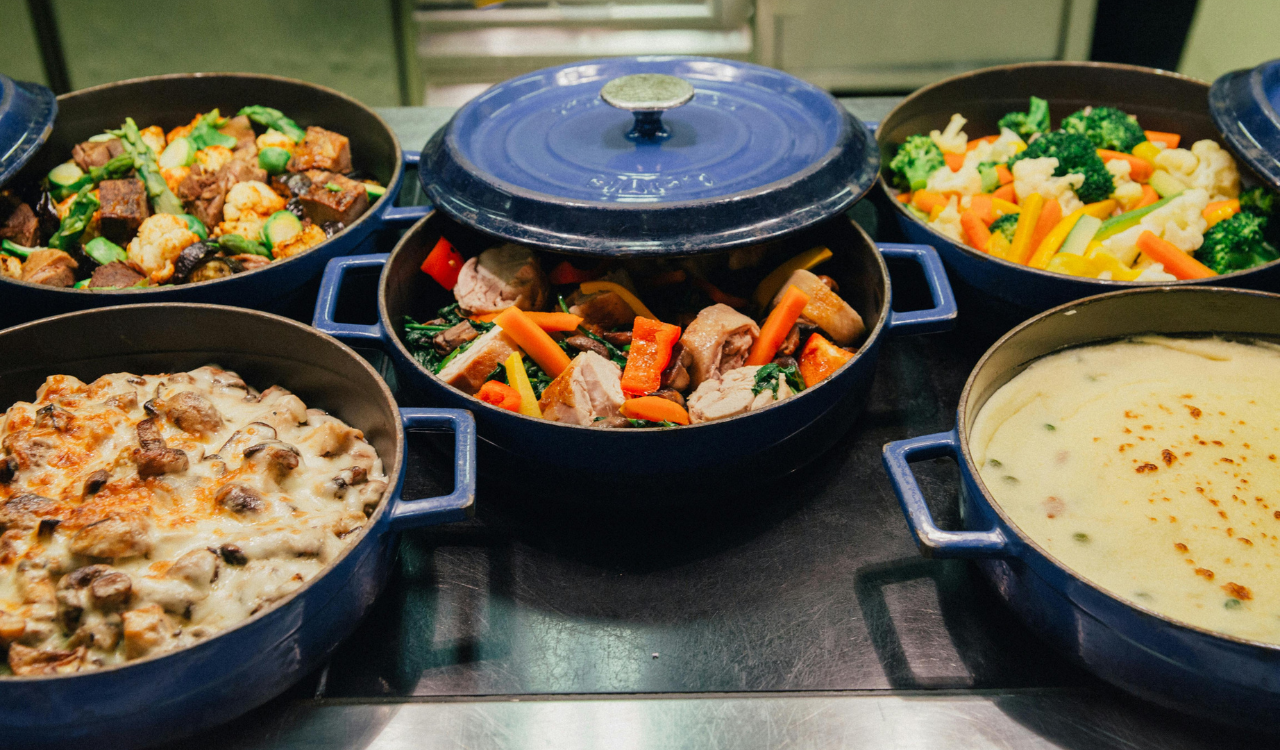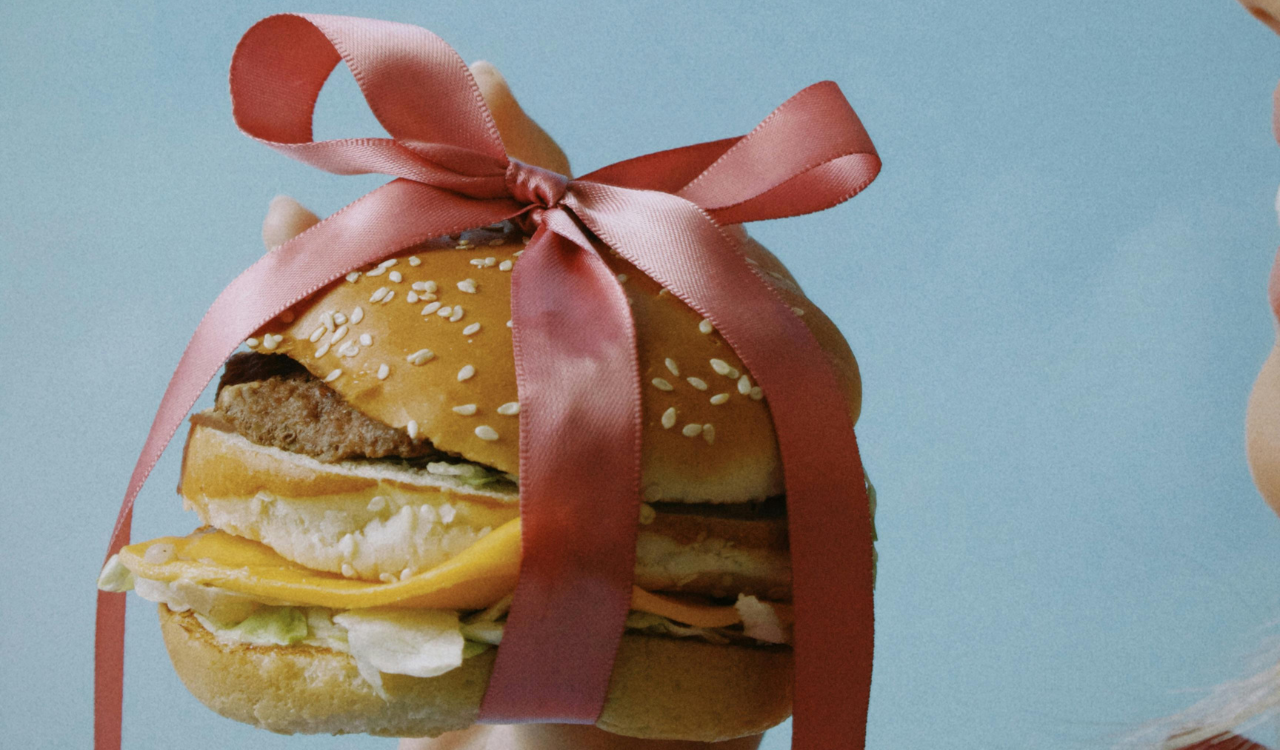14 Forgotten Summer Sweets Regional Bakeries Still Make
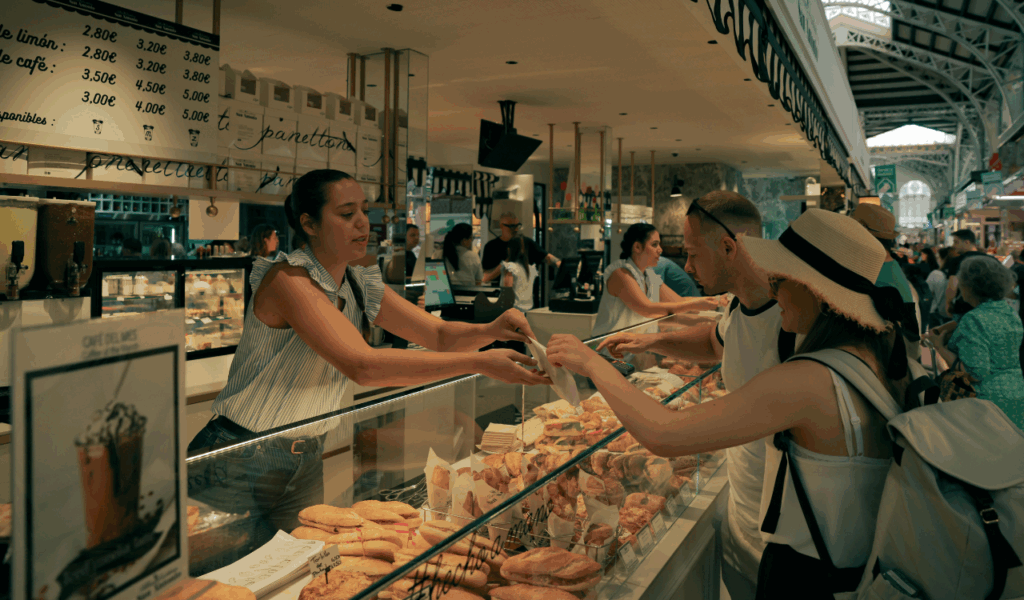
Entering a local bakery in the summertime evokes a certain sense of nostalgia. The aroma of baking dough, seasonal fruit, caramelizing sugar, and traditional recipes that have been handed down through the generations fills the warm air. These bakeries, which are frequently found in small towns or historic districts, are living museums of culinary tradition in addition to being places to purchase pastries. Many local bakeries continue to revive forgotten summer sweets, baking them only during certain seasons or as part of long-standing community traditions, even though mass-produced treats now predominate store shelves. These are more than just desserts; they are a taste of local pride, cultural storytelling, and the best of the season’s ingredients. These 14 bakery treasures will inspire you to look for something unique this summer, regardless of whether you’re a food adventurer, a nostalgic local, or just in the mood for something new that tastes old.
1. Moravian Sugar Cake
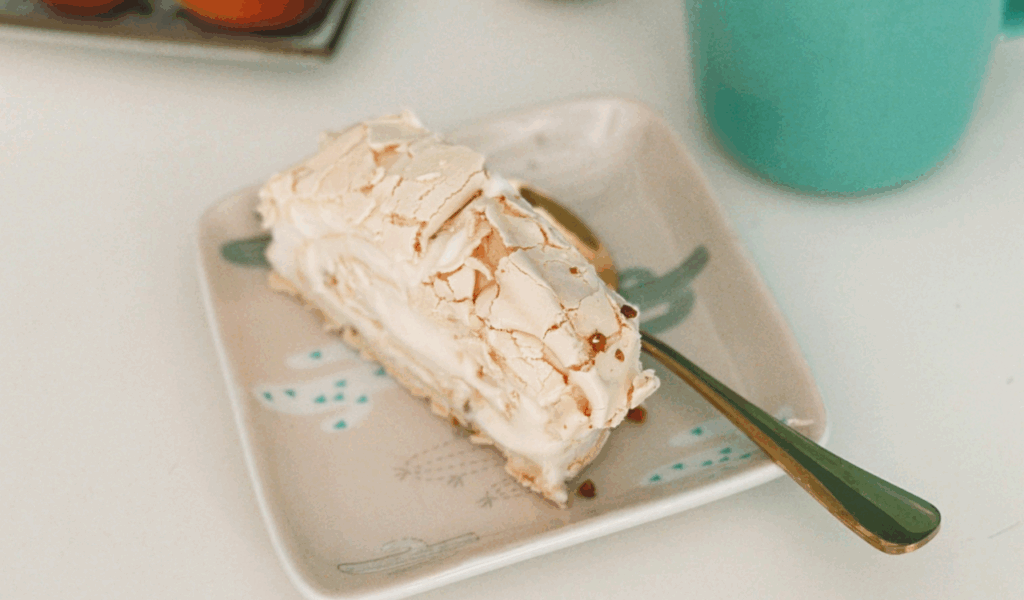
The rich brown sugar and cinnamon topping of Moravian sugar cake, a yeasted, buttery sheet cake, caramelizes in the oven to form a sweet crust with a soft, moist crumb underneath. This cake originated in Moravian church communities, especially in North Carolina, Ohio, and Pennsylvania. It was customarily prepared for Sunday gatherings, potlucks, and special church occasions. Its ability to go well with coffee or iced tea makes it the perfect summertime beverage for informal breakfasts or neighborhood picnics. It’s not too rich or fussy, and when it’s served warm or freshly baked, the sugary topping melts into the fluffy bottom, resulting in a comforting and irresistibly delicious combination of textures. In towns where Moravians have settled, this cake is still made in large sheet pans by numerous small bakeries, which frequently cut it into substantial squares or rectangles. Despite its limited commercial availability, its simplicity makes it worthwhile to look for—or bake yourself if you can locate an old family recipe.
2. Key Lime Pie as a Bakery Signature

Although key lime pie is well-known throughout the world, it has a more authentic and fresh personality in local bakeries in Florida and the Gulf Coast. Real key lime juice, which is more tart and aromatic than regular lime juice, is used in traditional versions. Typically, the filling is a bright yellow (not green!) mixture of egg yolks, sweetened condensed milk, and key lime juice that is poured into a crumbly graham cracker crust. Instead of using meringue, the pie is usually topped with a thin layer of chilled whipped cream, which makes it lighter and ideal for hot summer days. Regional variations are distinguished by their freshness: some bakeries even use locally produced graham crackers or crust ingredients, and the limes are frequently squeezed that day. During the summer, a lot of bakeries sell whole pies or small slices, which are typically cool, smooth, and vibrant. It’s a delightfully light and decadent taste of coastal sunshine.
3. Sponge Candy from Western New York
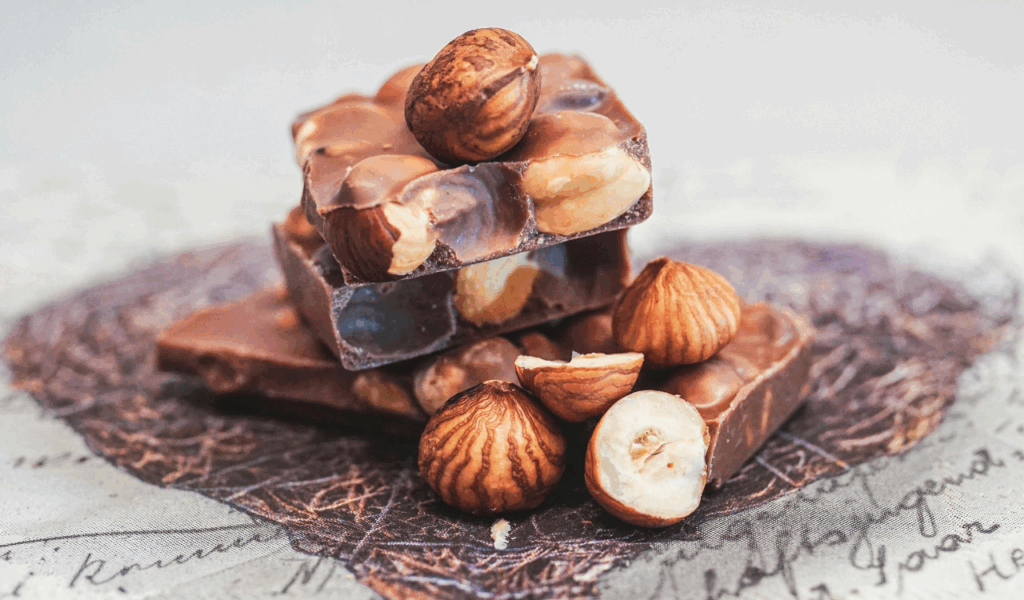
A light and airy treat, sponge candy—also called seafoam or honeycomb candy in some places—is made by heating sugar to a high temperature and then whipping in baking soda to produce a crispy, bubbly interior. It has a delightful snap and melt-in-your-mouth texture that is completely unique in Western New York, particularly in Buffalo, where it is covered in a thick layer of milk or dark chocolate. Many small bakeries and chocolate shops in the area still make it, even though it’s more of a confection than a baked good, especially during the summer when locals and visitors alike yearn for nostalgic treats. It comes in asymmetrical pieces and is frequently packaged in gift boxes or wax paper bags. The interior is golden, melts on the tongue like caramelized sugar, and may become slightly sticky from humidity if not stored properly. You’ll see why Western New Yorkers are so devoted to this crisp, chocolate-covered classic after just one taste.
4. St. Louis Gooey Butter Cake
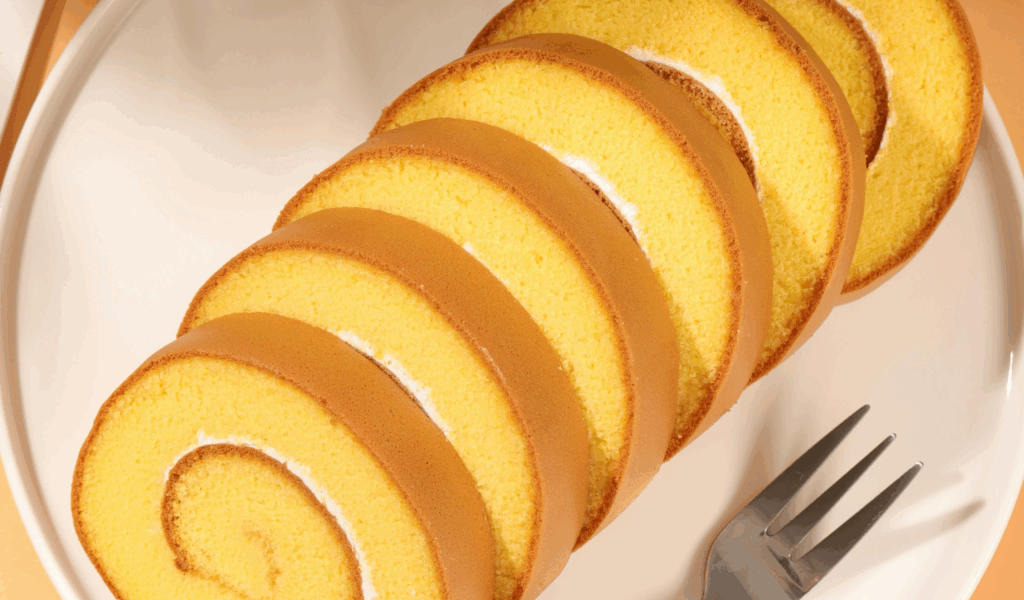
Gooey Butter Cake, a beloved, messy masterpiece of sweet, sticky indulgence, was created in St. Louis after a baking accident. A gooey filling made of butter, sugar, and occasionally cream cheese or egg is layered on top of a dense, buttery crust. While the bottom is still soft and molten, the top turns a light golden color when baked. For a summery twist, some versions are layered with fruit or sprinkled with powdered sugar. This is still a staple at regional bakeries in Missouri and the surrounding areas, and during the warmer months they frequently make seasonal versions with berries, peaches, or even lemon zest. Despite its name, it’s more of a dessert bar than a cake; it’s usually served with forks or fingers and cut into squares. Despite its extreme richness, the melt-away top and chewy bottom perfectly balance each other out. This dessert is perfect for sharing and is one of those local specialties that piques the interest of visitors and engenders fervent loyalty among residents.
5. Berger Cookies

One of Baltimore’s best-kept secrets, Berger Cookies are thick, soft, and covered in a layer of rich, glossy fudge that is nearly an inch thick. With a texture that falls somewhere between cake and biscuit, these cookies have a soft, shortbread-like base. The frosting, a rich, chocolatey topping that is poured while still warm and gives it a glossy, slightly gooey finish, is the real star of the show. Almost exclusively found in the Baltimore area, Berger Cookies were created by German immigrants in the 1800s and are still made today by neighborhood bakeries like DeBaufre. Even though they aren’t strictly seasonal, they tend to show up more frequently during local summer festivals, events, and picnics. Because they are so rich, one or two cookies can feel like an entire dessert. They are particularly satisfying when served slightly chilled with iced coffee or a glass of milk, which is what gives them a summery vibe. They are a genuine local bakery gem that ought to have gone national but hasn’t.
6. Benne Wafers

Originally from African cuisine brought to South Carolina during the colonial era, these crunchy wafers with sesame seeds are a Lowcountry staple. In Bantu, the word “benne” means sesame, and benne seeds were thought to be auspicious. Baked until perfectly crisp, benne wafers are thin, golden, and mildly sweet, with a nutty, almost caramelized flavor that lingers in a pleasing way. They are now mostly found in regional bakeries that specialize in heritage baking, although they were once a popular snack or treat offered by street vendors. Because they are shelf-stable and lighter, crunchy sweets are preferred in hotter climates, summer is the ideal time to find them. They also make a great picnic snack. To maintain the artisanal feel, many bakeries package them in tins or cellophane bags, frequently hand-labeling or tying them with ribbon. Simple, sophisticated, and enduring through generations of meticulous bakers, benne wafers are a taste of Southern history.
7. Doberge Cake of New Orleans

A multi-layered New Orleans classic, the Doberge cake (pronounced “dough-bash”) is a variation of the Hungarian dobos torte. It has layers of thin sponge cake and pudding-like filling that alternate, usually half-and-half, chocolate, or lemon. Instead of buttercream, it is finished with a thin glaze or fondant. Beulah Ledner created the cake in the 1930s, and it has since become a Louisiana mainstay for summer celebrations and birthdays. It’s particularly refreshing in warm weather because it’s cool and moist (thanks to the pudding filling). Bakeries that continue to produce genuine Doberge cakes frequently make them by hand, layer by layer, occasionally adding contemporary flavor twists like matcha, strawberry, or caramel. They are more appealing in the Southern heat because they are frequently served as whole cakes or sliced and served cold. Doberge is a true gem that combines Gulf Coast flair and flavor with European technique, but few outside of Louisiana are aware of it.
8. Berry Chantilly Cake
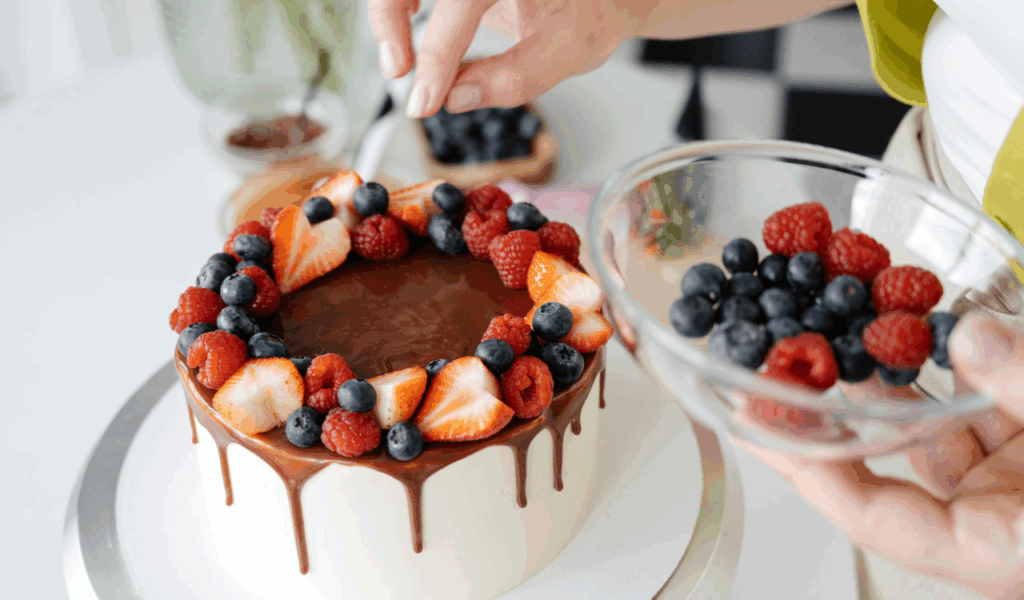
The light, layered dessert known as Berry Chantilly cake is bursting with summertime freshness. This cake, which originated in the South of the United States, combines a delicate Chantilly cream—a lightly sweetened whipped cream that is frequently enhanced with mascarpone or cream cheese—with moist yellow or white sponge cake. The berries—fresh blackberries, blueberries, raspberries, or strawberries—nestled between the layers and on top are the true show-stoppers. It’s the perfect dessert for hot summer months because the fruit adds a refreshing brightness and the cream is lighter than buttercream. This cake is only available at certain Southern bakeries during berry season, when the fruit is at its freshest and tastiest. It’s unique in that it’s airy and decadent, sweet without being overbearing. A spoonable dessert that feels more like a celebration than a snack is created when the cream, fruit, and cake combine. It’s the ideal centerpiece for garden parties, weddings, or just a laid-back Sunday afternoon when served cold.
9. Butter Cake with Fruity or Floral Infusions
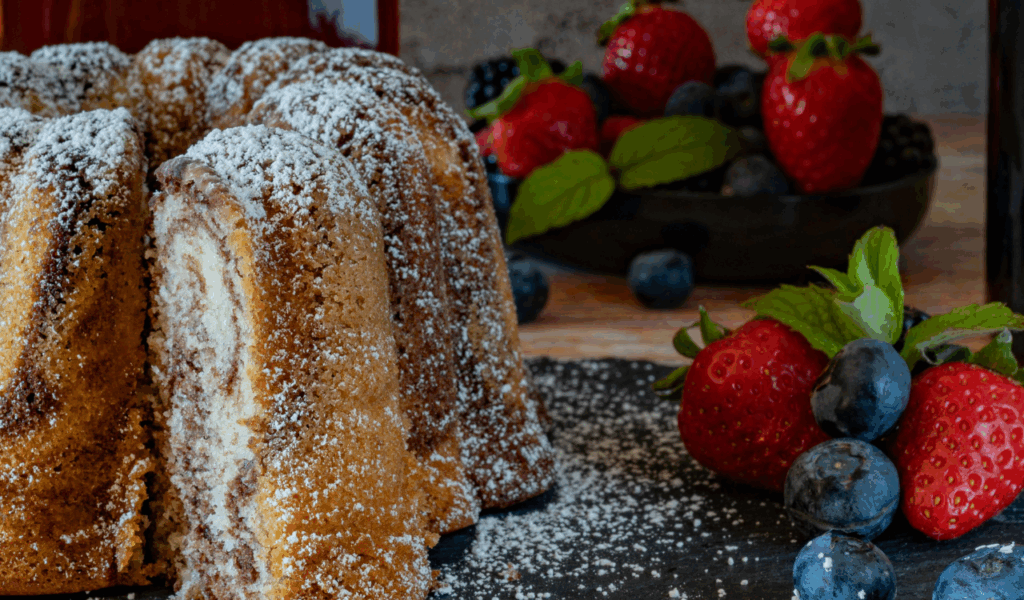
Many local bakeries used to experiment with delicate flavors that reflected the abundance of their local area. The butter cake flavored with delicate flowers or seasonal fruits, such as peach and lavender, lemon and rosewater, or even raspberry with a touch of elderflower, is one example. Usually lighter than layered celebration cakes, these cakes have a soft crumb and a subtle sweetness that highlights the floral or fresh ingredients. They are frequently baked in bundt or loaf pans, then glazed with citrus syrups or sprinkled with powdered sugar. Taking advantage of the fleeting supply of fresh fruits or edible flowers from local farms, many bakeries served these as summertime specials. Some artisan or heritage bakeries still use these recipes during peak season, despite the fact that they have mostly been forgotten in the era of overly decadent desserts. These cakes pay homage to a bygone era when desserts were elegant, understated, and designed to accentuate rather than overpower the flavors of nature.
10. Frozen Whipped Cream Tarts (Icebox Style Desserts)
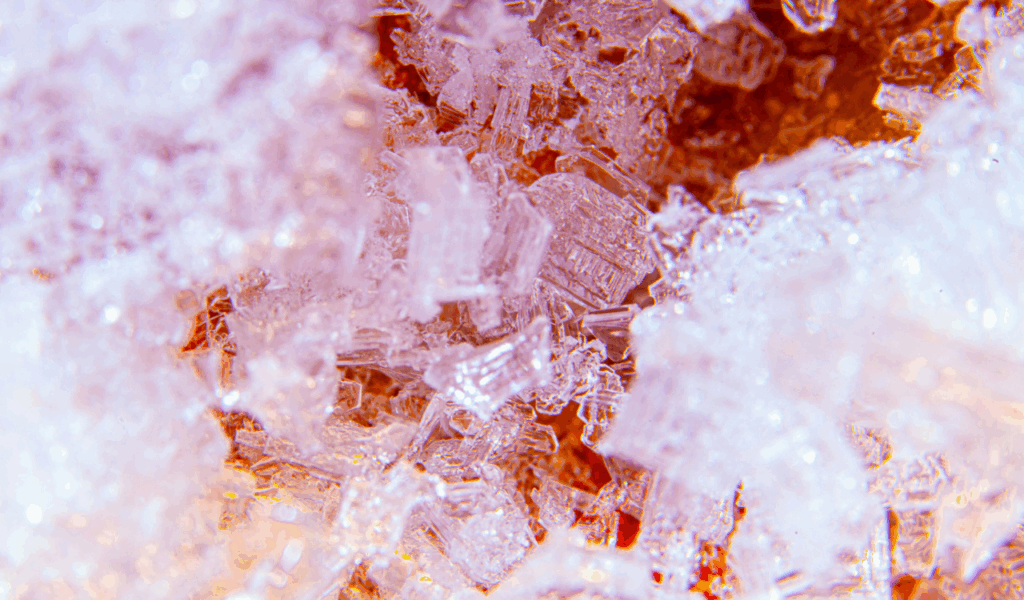
Before the invention of modern refrigeration, bakeries and families alike used the “icebox” to chill desserts rather than bake them. Icebox pies and tarts, which frequently used crushed cookie or graham cracker crusts filled with fruit preserves, citrus custards, or sweetened whipped cream, became summertime favorites. To beat the heat without using the oven, the dessert would be assembled, chilled until firm, and then sliced cold. This dessert trend was adopted by numerous local bakeries, which created frozen whipped cream tarts in flavors such as key lime, chocolate mousse, and strawberry cream. Some only used the cream to set, while others added gelatin for structure. These desserts are incredibly light and delicious, making them the perfect post-barbecue, picnic, or summertime get-together desserts. Even though no-bake cheesecakes have largely taken their place, a few small-town bakeries continue to produce the authentic product: cool, creamy, sliceable nostalgia that is both nostalgic and revitalizing.
11. Fruit Pies With Heirloom or Wild Berries
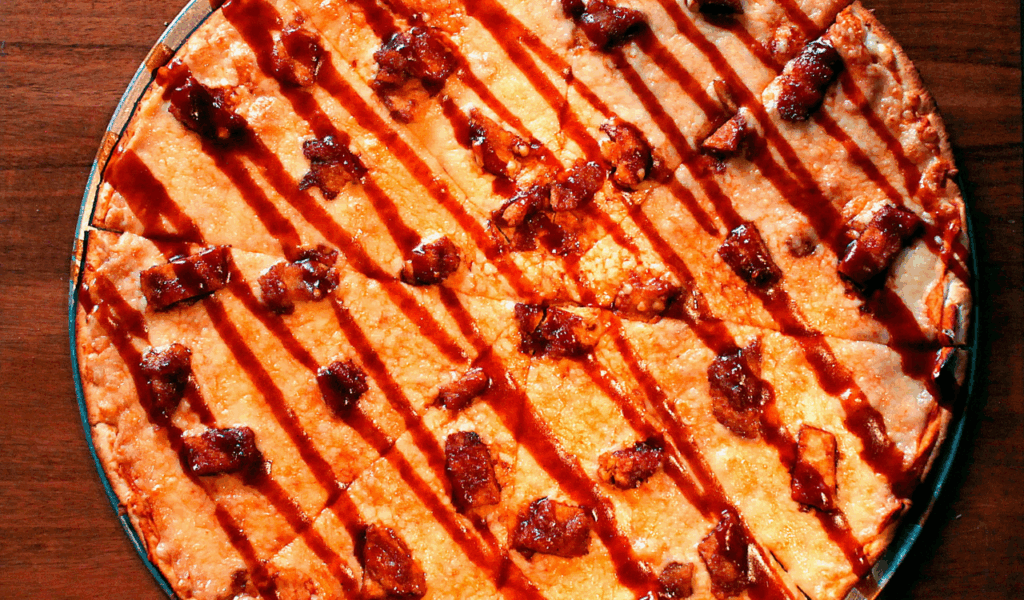
Before blueberries and strawberries took center stage in desserts, bakers used whatever local nature had to offer, which was frequently wild or heirloom berries. In many parts of the world, summertime staples included mulberries, black raspberries, gooseberries, elderberries, and huckleberries. They have a complexity that contemporary hybrid varieties lack, with flavors ranging from sharp and tangy to intensely sweet. Small bakeries continue to source or gather these berries during their short season and bake them into rustic pies in regions such as the Midwest, Pacific Northwest, and parts of Eastern Europe. Compared to commercial pies, these pies are frequently less sweet, allowing the fruit’s inherent flavor to take center stage. With bubbling juices and golden crusts that crackle when sliced, they may have an uneven or hand-formed appearance. Their authenticity makes up for their lack of polish. A bite of one of these pies, still warm, maybe with a dollop of vanilla ice cream, is like stepping back in time to a more delicious, slower, simpler time.
12. Basque-Style Burnt Cheesecake
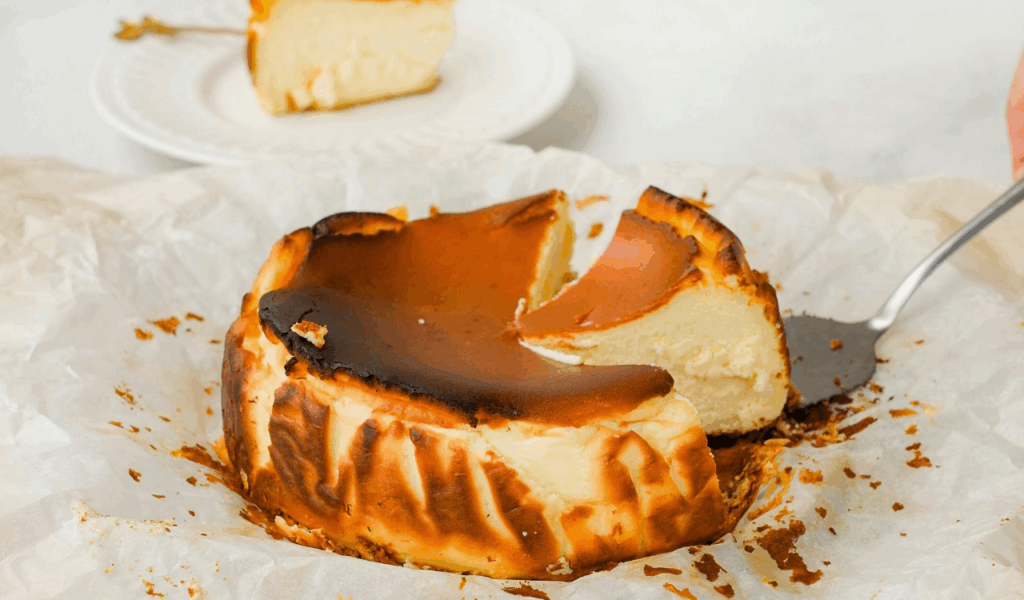
This cheesecake, which originated in Spain’s Basque region, is unique. It is purposely baked at a high temperature so that the inside stays custardy and silky while the top caramelizes and cracks, creating a dark, nearly burnt crust. Its simplicity is part of its appeal because it is traditionally made with only a few ingredients: heavy cream, sugar, eggs, and cream cheese. Unexpectedly, this European treat has found its way into specialty bakeries all over the world, including those in rural areas that emphasize time-honored, simple methods. These days, some local bakeries serve it cold in the summer to create a contrast between the warm, browned outside and the cool, creamy inside. Rich without being heavy, it resembles a mousse rather than a dense New York cheesecake. It is a striking centerpiece at summer dinner parties because of its rich flavor and rustic appearance. While it’s not commonly offered in chain bakeries, those that do it well make it memorable.
13. Semolina Puddings with Summer Fruits
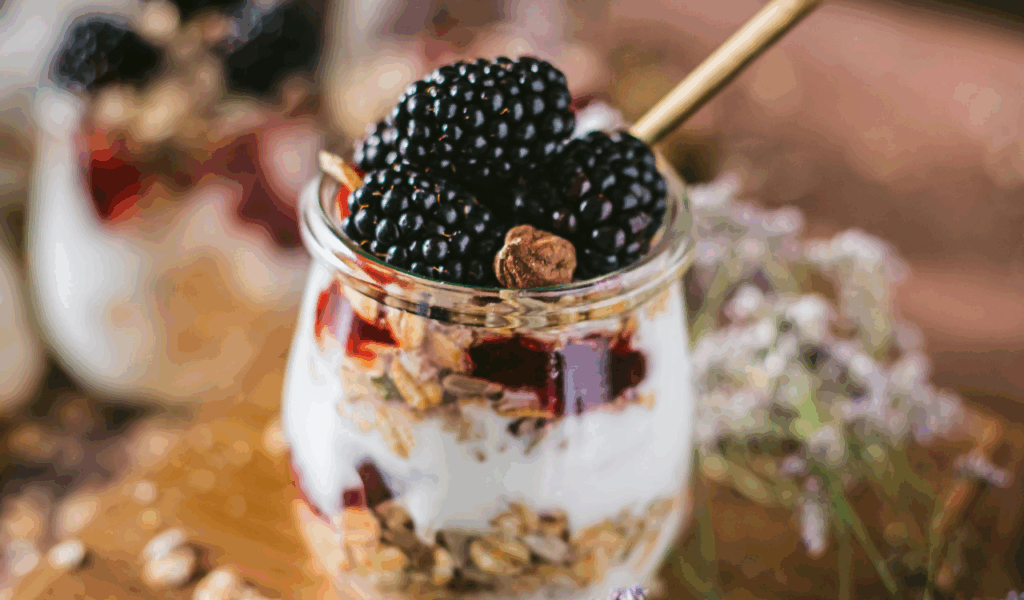
In some regions of the Mediterranean, Eastern Europe, and the Middle East, semolina pudding has long been a staple of summertime bakery offerings, despite not being strictly a baked good. Made with fine semolina cooked with milk, sugar, and occasionally a dash of butter or vanilla, the base is a creamy, spoonable porridge. Bakeries frequently garnish it with fresh or poached stone fruits, such as peaches, plums, or apricots, in the summer to create a light dessert that doesn’t call for heavy cream or eggs. For added scent, some people also add citrus zest or rosewater. It is typically served cold, providing a welcome diversion from cakes and pastries. Its delicate sweetness makes it a delicate yet filling way to finish a meal. Some artisan bakeries have brought this lost classic back to life in recent years, serving it to-go in little bowls or jars. Light, healthy, and just sweet enough to feel like a treat without causing the post-dessert slump, it’s the perfect dessert to grab-and-go.
14. Ice Cream Sandwich Cakes / Frozen Layered Desserts

Bakeries had their own take on frozen layered desserts before plastic-wrapped ice cream novelty bars were introduced. With layers of sponge cake, whipped cream, and either homemade ice cream or frozen custard in between, these were more than just cookie sandwiches. For birthdays, garden parties, and family get-togethers, they were the perfect summertime treat, topped with fudge, fruit sauces, or even toasted meringue. These frozen treats were created by numerous regional bakeries in warm climates (think the American South, Mediterranean Europe, or tropical regions) using regional flavors such as vanilla bean, mango, coconut, or passionfruit. They may still be available today in venerable bakeries, typically upon request or as a seasonal dish. Their texture, which combines layers of cold, creamy cake with soft cake that melts together with every bite, is what makes them unique. They are a nod to a bygone era when desserts were prepared by hand, with love, and a profound appreciation for the unifying power of food, served frozen and sliced thick.
